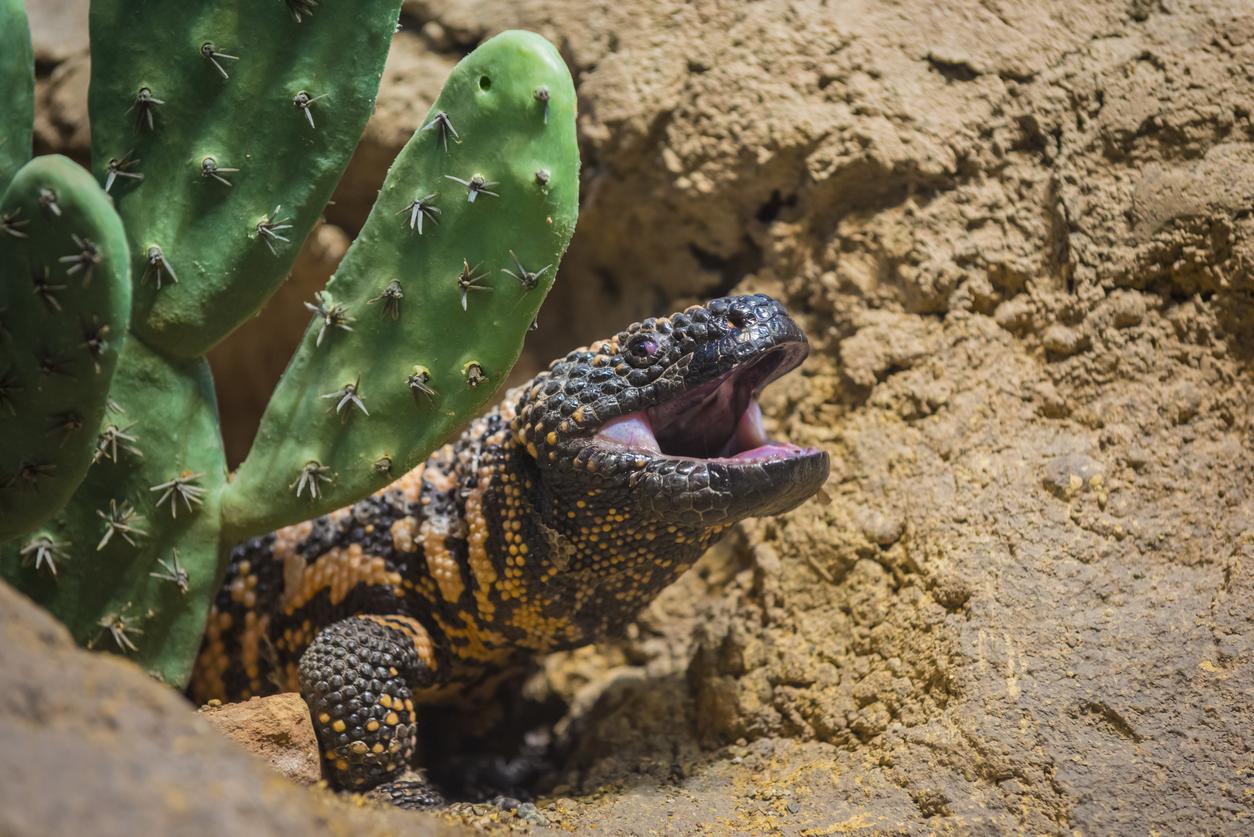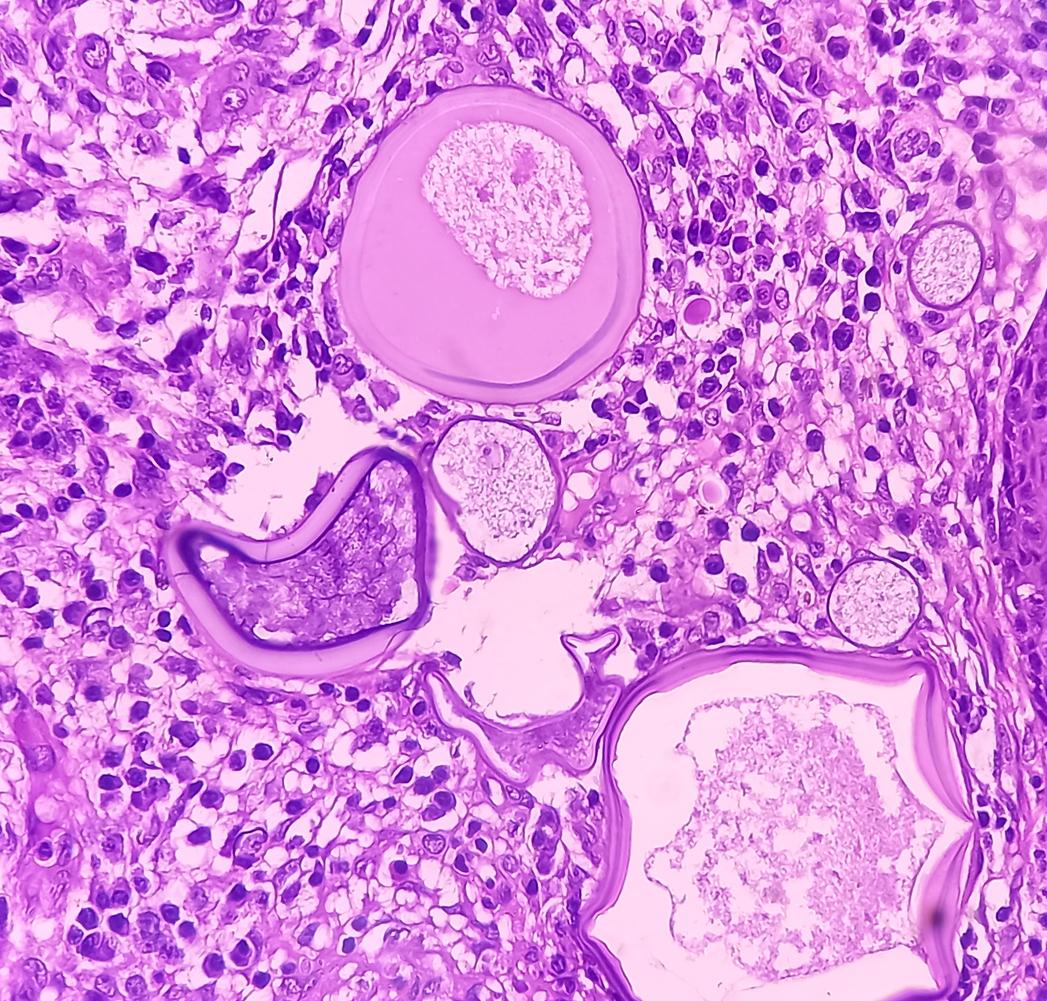Researchers have developed a new PET scan that uses a substance found in lizard saliva to identify certain pancreatic tumors.

- Insulinoma is a tumor of the beta cells of the pancreas that produce insulin, a hormone that regulates blood sugar levels.
- Scientists have developed a new PET scan using lizard saliva.
- This ingredient makes it possible to locate the insulinoma more precisely and to operate in a more targeted manner on the patient, which is less dangerous.
Insulinoma is a beta cell tumor of the pancreas which affects, according to the MSD Manualone in 250,000 people. Usually, these beta cells produce insulin, a hormone that regulates blood sugar levels. When they are affected by insulinoma, they malfunction, resulting in excessive insulin production and hypoglycemia.
A more precise PET scan to better identify the pancreatic tumor
“It is a very difficult disease, explained in a press release Marti Boss, one of the authors of a new study published in the journal Journal of Nuclear Medicine. It often takes a long time for patients to get a diagnosis. We can do blood tests, but they cannot confirm if a tumor is the cause or where it is located. Various examinations (…) exist, but do not always show [la présence] of insulinomas.”
In this new study, scientists have developed a new PET scan, medical imaging exam often used in oncologywhich has the particularity of being based on lizard saliva! This ingredient makes it possible to locate the insulinoma more precisely and to operate in a more targeted manner on the patient, which is less dangerous.
“In the past, surgeons would start by cutting away parts of the pancreas until they found the tumor, explains Martin Gotthardt, another author of the study. If it was at the end, the entire pancreas disappeared. We can live without a pancreas, [mais les patients avaient ensuite] severe diabetes and[ent] constantly manage [leur] blood sugar. It was therefore urgent to have a better scanner.”
During their clinical trial, the researchers tested the PET scan on 69 adult patients in whom doctors suspected the presence of insulinoma. They compared the results obtained with it to those of a PET scan traditionally used in oncology.
Tumors detected in 95% of patients
Results: The new PET scan detected the tumor in 95% of patients, compared to 65% with the other PET scan. “We believe this new scanner can replace all other scanners, says Marti Boss. All insulinomas detected using this new scanner were removed and all patients were completely cured after surgery, although some had been ill for decades.”
To develop this new tool, the researchers used lizard saliva. More precisely, it was a venomous lizard Heloderma suspectumalso called the Gila Monster, whose saliva contains a substance of great interest to scientists.
“We knew that this substance specifically bound to one of the molecules in these tumors, the GLP1 receptor, explains Martin Gotthardt. The saliva substance was not very stable in the human body, so we created a more chemically stable version, called Exendin. We then attached a radioactive substance to it, so that it would be visible on the PET scan. Today, this slightly radioactive Exendin detects insulinomas very well.”
In the future, this new PET scan could therefore be used in hospitals and clinics to detect insulinoma and perhaps even other types of cancer.


















